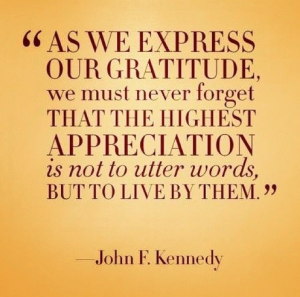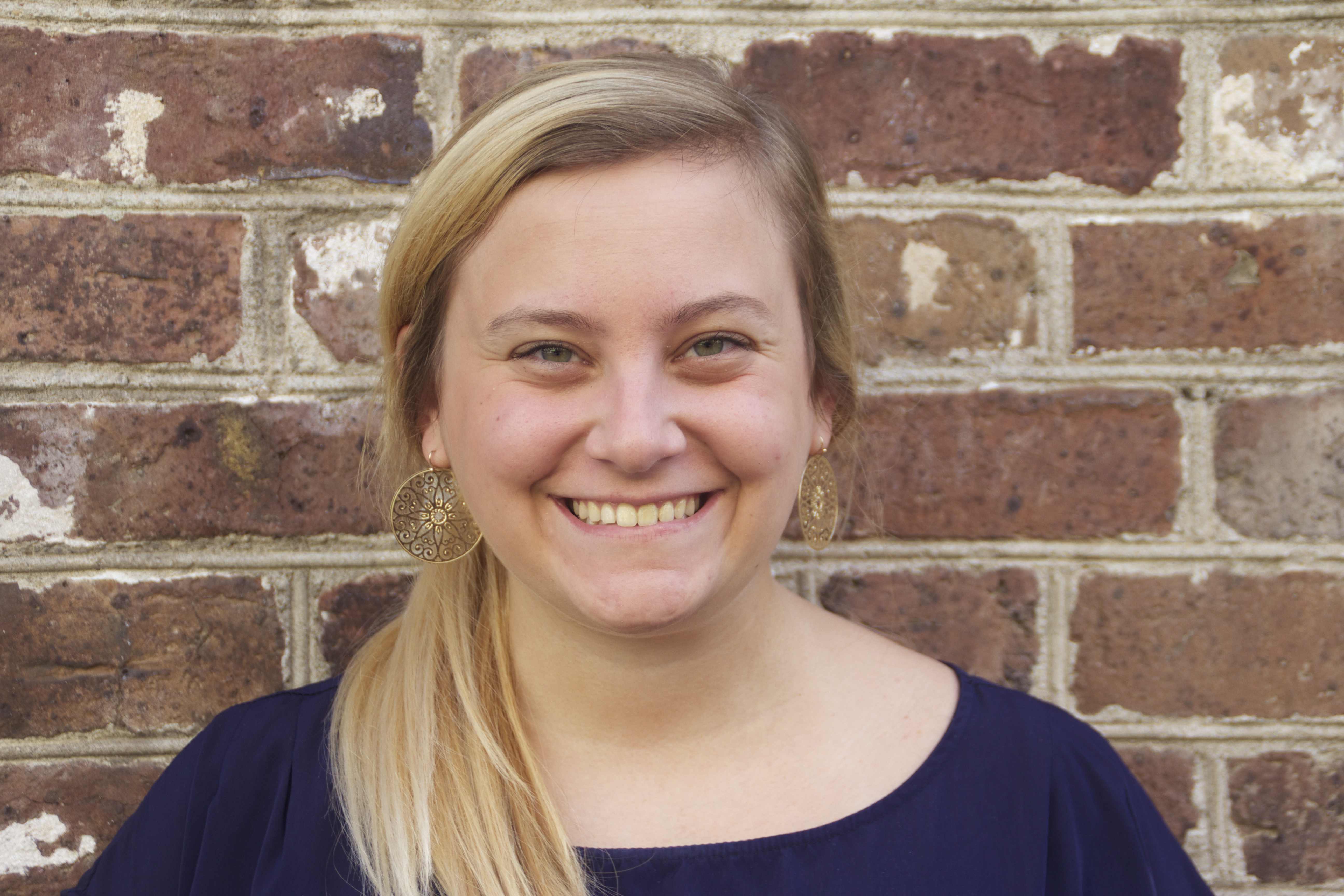About a year ago I was on the medical school track until I realized I wanted to see more of the world versus more time studying in a classroom. Medicine is still fascinating to me but it’s not my passion. Then sustainability waltzed on into my life.
At the beginning of Spring 2014, you could have called me sustainability virgin. During that semester I took a course on sustainability with Dr. Brian Fisher and interned at the Office of Sustainability. When I entered the realm of sustainability, I had an open mind; one could say I was eager to learn. After one semester of an internship and the sustainability course, I had a pretty good grasp on the major goal of sustainability. My personal definition wasn’t as clear to me. What I was clear on is what sustainability did not include reduce, reuse and recycle. Sustainability is a balance between systems. These systems include human and environmental systems. The systems thinking aspect of sustainability can be complex but the general categorization has been helpful for me because although I was not interested in conventional medicine and becoming a doctor, the topic of health never left. When I started visualizing society, as a human system the future was not as limiting and daunting.
I began to realize the human system has multiple facets. A few of them being economic, social, physical, and mental and all of them need to be healthy to be successful. Personally, the word health to me has started to coincide with sustainability. Anyway, I have noticed I have been consistent with yearning to do things that aid in optimizing the physical and mental health of people.

There are several ways to build the mental and physical health of our society and they all coincide with creating a more sustainable environment. Mental health is a topic that has similar “new age” aura around it as sustainability. People are too scared to approach the truths. Mental health has been a apart of my life ever since my father passed away when I was a toddler. After he passed my mom put my sister and I in therapy to “talk about our feelings and help us cope with our fathers’ death properly. Again, I was very young and I don’t remember talking about anything grandeur. Anyway, from that point on I have always been open and honest with myself. It wasn’t until the past few years that I realized how important and healthy it is to be aware of your emotions, how they’re expressed and why. My mom has a case of severe depression and PTSD along with General Anxiety Disorder (according to the DSM V). Growing up and through her adult life, she never talked about her issues. I remember clearly that we were always in therapy but she never went for herself. A lot of events built up and inhibited her to be strong which led to her eventual surrender. As I was walking through Forever 21 sophomore year, I get a call from my sister informing me that my mom was going into an institution. At that time, Conner was a senior in high school and my youngest sister was in 7th grade. Obviously not an ideal time but the timing proved the severity of her depressive state. She arrived at Emory hospital and they had her go through Electric Shock Therapy. The ECT treatment ended up not working because a year later she traveled back to Emory and began ketamine therapy. Which brings us to today. Yes, it is sad but she should be an example to everyone out there: talk about your emotions and be ok with them because not doing so is not sustainable (my mom as exhibit A).
Along with the ketamine treatment, she visits a psychiatrist every week and partakes in mindfulness therapy. At first, and for a WHILE, I was doubtful that breathing a few times a day would improve your mood. And really who has time for it? About a year or so later positive psychology popped up as one of the psychology class options. I decided to enroll because I could tell it was helping my mom a lot but I needed evidence! As the course has gone on I have become less and less skeptical about mindfulness. Honestly, I have started to make a lot od connections between positive psychology and mindfulness. The two work hand in hand. Ok, I know breathing for 10 minutes a day seems useless and why would we do that when we have so many other tasks on our list to do? Well, I thought the same way about 6 weeks ago. Hear me out.
Mindfulness has several forms: yoga, meditation, breathing, and tai chi, just to name a few. Through those practices one can improve physical and mental well being. Mental well being is what will help with sustainability because mindfulness cultivates characteristics such as gratitude, optimism, adaptability, forgiveness, and living with an open mind and living in the moment. If you are in my brain, you are making lists upon lists of examples about how this would help sustainability. I am going to go through a situation in which mindfulness helped me close friend out with sustainability.
My family is a bit confused as to why I have gained interest in sustainability. In their mind I went from Neurosurgeon path to paid hippie. Originally, I got defensive for several reasons. One, my family must not know me because when have I ever exhibited hippie like qualities and two, I knew there was more to the concept than hugging trees (although I find myself unintentionally doing this at times). Anyway, my family has an intense and successful background: bank chief finical executive, board member, highly regarded in their local political system, lawyer, mathematician, professional ballerina and Olympic swimmer. When you have a group like that it’s hard for them to understand. Mindfulness helped me rework through my head and adapt to their perspective. The adaptability mindset that is cultivated allows you to step out of your own head and observe how others are handling the situation without taking judgment, just with an open mind. I realized I needed to explain to them what I am doing in a way that will speak to them. First, I sent them a youtube video about the Office of Sustainability mission along with an article I was interviewed for and by doing so they are now clear on what my idea of sustainability is and that I am working hard at my job (and a campus celebrity J ). Secondly, I am going to send them a note about how I can apply sustainability to any job that I am doing by living according to my values. I want to point out to them that I am not working towards being an environmentalist. My family has worked hard to get to where they are and all they want is the best for me, which mainly means they want me to have a stable financial situation. Third, I would talk with them about the potential jobs I am thinking about (NO CLUE, but they don’t have to know) and their potential income. Lastly, I will ask if they have any questions.
Throughout the process I am exhibiting adaptability and openness along with non-judgment (especially when I am acknowledging that they probably have questions). This is a concrete example but mindfulness itself provides sustainability to the individual through cultivating mental strength. As Garden Coordinator for the Office of Sustainability, I have found being in the garden, around green plants oxygenated air and natural aromas is a mindfulness experience in itself. Simply noticing the details around you is a form of mindfulness.
Keep in mind I am NOT a positive psychologist and these are just my observation after 6 weeks in a positive psychology course. There are plenty of studies and accounts that have found empirical evidence supporting mindfulness. Please look into the studies if you are doubtful because the studies are what sway me as well.
Sustainability is complex and can be frustrating…I know. But if you keep an open mind, your head and heart in the moment and take a deep breath, you have no idea what you will be able to achieve!
-Kelsea Sears











